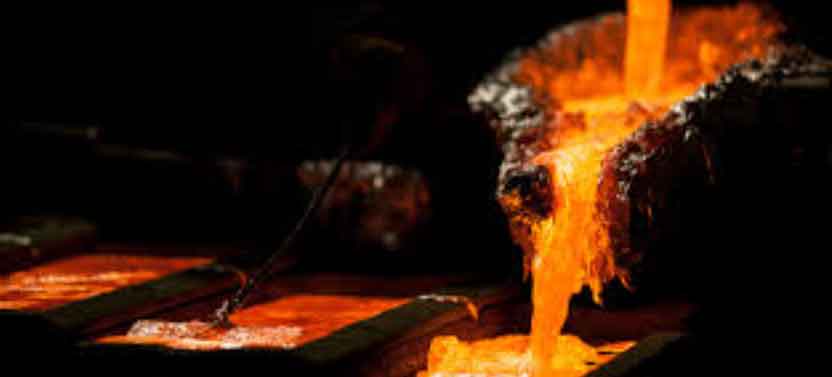The evolution of casting China reflects the country’s transformation from traditional casting methods to adopting modern technologies and advanced manufacturing processes. Here’s an overview of how casting China has evolved over the years:

Traditional Casting Methods: Casting has been practiced in China for thousands of years using traditional methods such as sand casting, investment casting (lost-wax casting), and ceramic shell casting. These techniques were handed down through generations and played a crucial role in creating intricate artifacts and sculptures.
Industrial Revolution and Modernization: With the industrial revolution and the modernization of China’s economy in the 20th century, the country’s casting industry began to undergo significant changes. Increased demand for machinery, infrastructure, and consumer goods led to the establishment of large-scale foundries and casting facilities.
Mass Production and State Support: In the mid-20th century, China’s government recognized the importance of casting in industrial development and began supporting the growth of the casting industry through various policies and incentives. This support led to the expansion of mass production capabilities and the establishment of foundries across the country.
Adoption of Advanced Technologies: In recent decades, China casting industry has embraced advanced technologies, including computer-aided design (CAD), computer-aided manufacturing (CAM), and simulation software. These technologies have revolutionized casting processes, enabling better design, precision, and efficiency.
Automation and Robotics: China casting sector has also embraced automation and robotics to enhance productivity and quality. Automated production lines, robotic pouring systems, and mechanized finishing processes have become common in modern casting facilities.
Digitalization and Industry 4.0: China is actively pursuing digitalization and Industry 4.0 principles in its manufacturing processes, including casting. Smart factories, IoT-enabled sensors, data analytics, and cloud computing are being integrated into casting operations to optimize efficiency and decision-making.
Research and Innovation: China’s government and private sector have invested heavily in research and innovation to develop new casting materials, techniques, and processes. This focus on innovation has resulted in advancements in casting alloys, casting simulations, and sustainable casting practices.
Global Influence: Today, China is a global powerhouse in the casting industry. The country exports a substantial share of its casting products to international markets, serving diverse industries worldwide.
Sustainable Practices: With increasing emphasis on sustainability and environmental protection, China casting industry is also adopting eco-friendly practices, such as energy-efficient furnaces, waste recycling, and emissions reduction.
The evolution of casting in China reflects the country’s continuous efforts to modernize and stay at the forefront of global manufacturing. By combining its rich casting heritage with the adoption of cutting-edge technologies, China casting industry has transformed into a major player in the global manufacturing landscape. As the country continues to innovate and invest in its casting capabilities, it is likely to remain a significant force in the industry for years to come.
